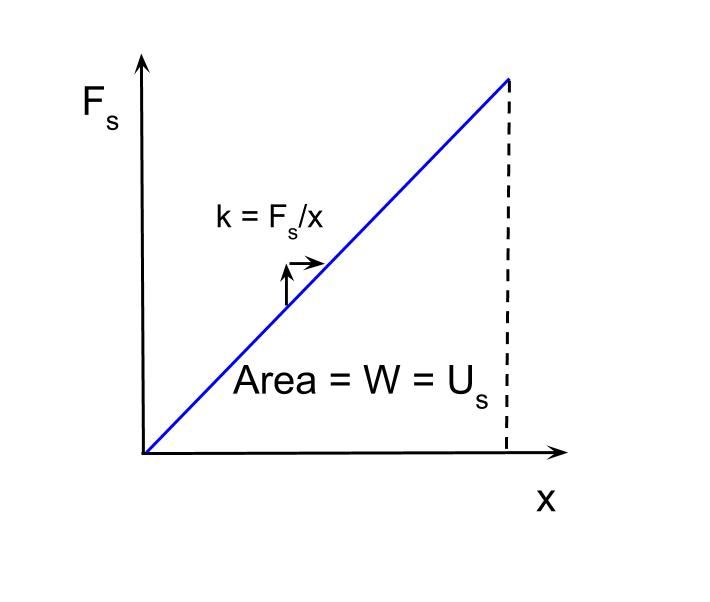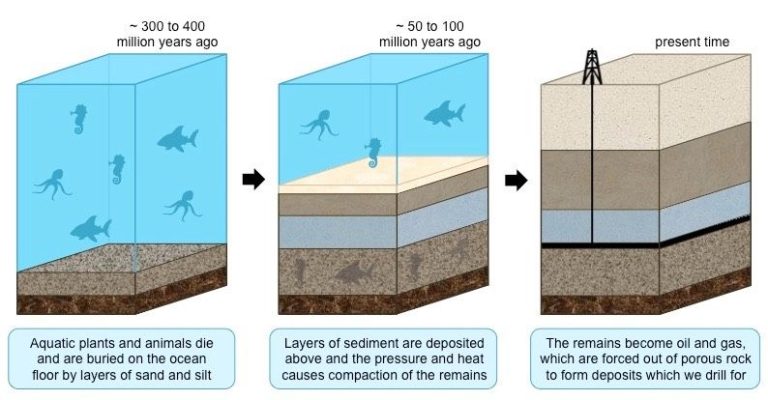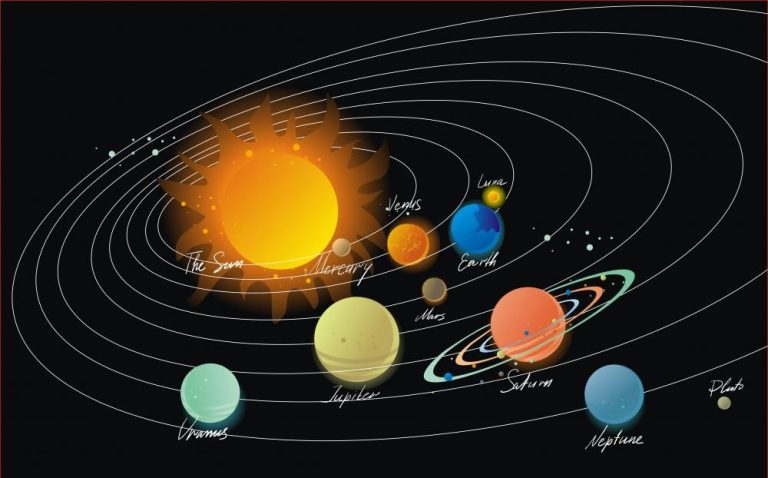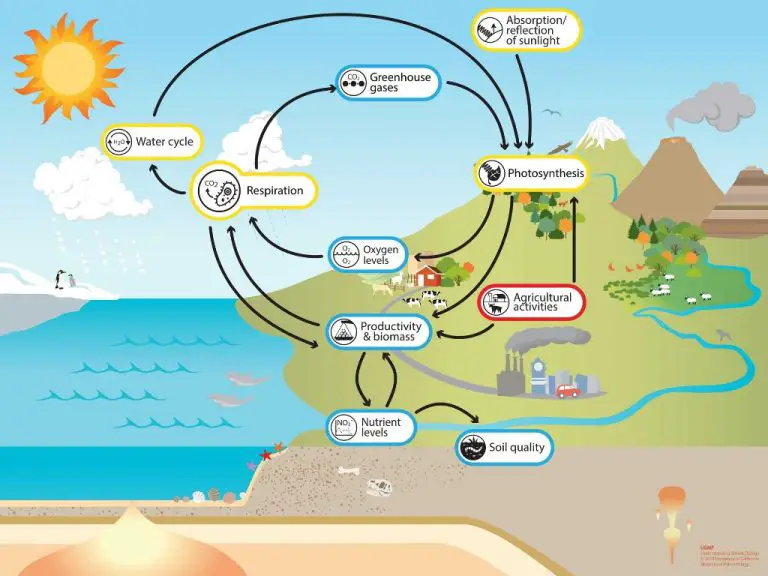How Has Chemistry Affected Modern Life?
Chemistry has profoundly impacted every aspect of modern life. From the medicines that keep us healthy to the fuels that power vehicles and homes, chemistry plays a vital role. Through an improved understanding of chemical reactions and properties of matter, chemists have provided key innovations that support the infrastructure and activities of modern civilization. This article will explore some of the many ways chemistry has advanced modern living.
Medicine
Modern medicine has been transformed by developments in chemistry over the past century. The discovery and synthesis of new chemicals has led to life-saving pharmaceutical drugs, vaccines, and medical devices that have improved health outcomes around the world.
Some of the most impactful medical advancements enabled by chemistry include antibiotics like penicillin, which have dramatically reduced deaths from bacterial infections. Chemists also developed anesthetics, allowing for painless surgery and other medical procedures. Vaccines utilizing chemistry such as the polio and measles vaccines have nearly eradicated once common and debilitating diseases.
Medical imaging technologies like MRI and CT scans rely on chemical compounds to generate detailed views of the human body. Artificial joints, implants, and prosthetics using engineered plastics and metals have restored mobility and improved the quality of life for millions of people. Even simple medical supplies like gauze, syringes, and gloves are products of chemical engineering.
Looking forward, chemistry will continue to enable medical breakthroughs through the discovery of new drugs and therapies. The synthesis of customized medicines and biomaterials also holds great promise for the future of healthcare. There is still much progress to be made, but chemistry has already profoundly shaped modern medicine.
Agriculture
Modern agricultural practices rely heavily on chemistry and chemical processes to maximize crop yields and livestock production. Some of the key ways chemistry has revolutionized agriculture include:
Fertilizers – These provide plants with essential nutrients like nitrogen, phosphorus and potassium which are needed for growth. The Haber process enabled mass production of nitrogen fertilizers, drastically increasing crop yields. Fertilizers allow farmers to supplement the naturally occurring nutrients in soil.
Pesticides – These chemical agents help eliminate insects, rodents, fungi and weeds that can damage crops. Pesticides help prevent crop losses from pests. Chemically synthesized pesticides like organophosphates and carbamates are widely used in agriculture.
Livestock supplements – Compounds like vitamins, minerals, antibiotics and hormones are routinely added to animal feed to promote growth and health. This improves the quantity and quality of meat, milk and eggs produced.
The development and widespread adoption of modern fertilizers, pesticides and livestock supplements made possible by advances in chemistry has allowed farmers to dramatically increase food production to meet the needs of the growing world population.
Transportation
Modern transportation has been revolutionized by advances in chemistry. The development of higher performance fuels, lightweight yet strong materials, and more powerful batteries have enabled new generations of vehicles.
Gasoline and diesel have been incrementally improved through chemical engineering to increase their energy density and reduce emissions. Synthetic fuels derived from hydrocarbons provide alternatives to petroleum-based fuels. Biofuels made from crops and waste materials can supplement traditional transportation fuels.
Materials such as aluminum alloys, plastics, and carbon fiber composites have replaced heavier steel components in vehicles to improve fuel efficiency. Their light weight combined with strength and corrosion resistance make them ideal for automobile and aircraft design.
Lithium-ion batteries pioneered for consumer electronics have been adapted to provide electric vehicles with greater driving range. Continued battery chemistry research aims to improve charging rates, lifespan, and storage capacity further still.
Chemistry has enabled cleaner, lighter, more efficient transportation that shapes how we travel today. Improvements in fuels, materials, and energy storage will continue to transform the future of transportation.
Electronics
Chemistry has profoundly impacted modern electronics, from the silicon used to make computer chips to the displays in our phones and TVs. Without chemistry, we wouldn’t have the electronics that power our modern world.
The most important example is the silicon semiconductor, which enabled the microchip revolution. Silicon is purified and precisely doped with other elements to create transistors and integrated circuits that form the basis of all computing devices. From laptops to smartphones, chemistry made the powerful yet compact microchips inside possible.
Displays, whether LCD, LED, or OLED, also rely on materials science and chemistry. Liquid crystals, quantum dots, organic light-emitting diodes – these advanced display technologies were developed by chemists and material scientists. Vivid high-resolution phone screens and giant 8K TVs all owe thanks to progress in chemistry.
Batteries that store and deliver power efficiently also depend on electrochemistry. From the lithium-ion batteries in our devices to new battery chemistries like solid-state, chemistry will continue to advance energy storage capabilities. And solar photovoltaics convert sunlight into electricity using semiconducting materials that were engineered through chemistry.
In countless ways, chemistry has enabled the electronics that drive productivity, communication, entertainment and more. It will continue to be at the forefront of developing new electronic materials and devices.
Energy
Chemistry has completely transformed how we produce and consume energy in the modern world. The discovery and refinement of fossil fuels like oil, coal, and natural gas in the 19th and 20th centuries allowed society to rapidly industrialize. These energy dense, relatively easy to transport fuels powered engines, electricity generation, and manufacturing on an unprecedented scale. However, the pollution caused by burning fossil fuels has also contributed to climate change and pollution. Chemistry has provided alternatives like nuclear power, solar panels, wind turbines, and biofuels to generate electricity and power vehicles while reducing greenhouse gas emissions. Nuclear fission of heavy elements like uranium creates enormous amounts of heat that can boil water to run steam turbines, but the radioactive waste poses storage challenges. Photovoltaic solar cells use semiconductor chemistry to convert sunlight directly into low voltage direct current electricity. Wind turbines also generate electricity, but are intermittent depending on weather conditions. Chemists have also developed “drop-in” biofuels like ethanol and biodiesel as renewable substitutions for gasoline and diesel. Looking forward, chemistry will continue to develop cleaner and more sustainable energy sources and storage solutions.
Food
Modern chemistry has revolutionized food in terms of additives, processing, and preservation. Food additives like preservatives, artificial flavors, sweeteners, emulsifiers, and vitamins have enabled the mass production and distribution of convenient processed foods with longer shelf lives. Common preservatives used today like sodium benzoate and potassium sorbate were discovered in the late 19th and early 20th centuries. Artificial flavors and sweeteners like vanillin and saccharin were also developed during this period to enhance taste and reduce costs.
Advances in food processing utilize chemistry to create foods like vegetable oils, corn syrup, and high fructose corn syrup that simply did not exist before. Modern processing applies techniques like hydrogenation, hydrolysis, and enzymatic modifications to change the functional properties of food ingredients. For example, partial hydrogenation of vegetable oils creates semi-solid fats like margarine and shortening. Enzymatic conversion of corn starch produces sweeter corn syrup.
Food preservation techniques leveraging chemistry concepts help maintain safety, freshness, taste, and nutritional value. Canning relies on high heat processing to destroy microorganisms inside sealed containers. Freeze-drying removes water from foods through sublimation while retaining texture and flavor. Controlled atmosphere storage regulates oxygen, carbon dioxide, and nitrogen levels to slow produce ripening and fungal/bacterial growth. And food irradiation uses ionizing radiation to kill pathogens and extend shelf life.
Overall, modern chemistry has provided both producers and consumers more options for food processing, preservation, safety, affordability, and accessibility than ever before in human history.
Consumer Goods
Our everyday consumer goods would not exist without the innovations of chemists. Plastics, detergents, cosmetics, and dyes that color our world are all thanks to chemistry.
Plastics are synthetic materials made from polymers that can be molded into almost any shape. They are in nearly everything we use – from packaging to electronics to medical devices and more. Chemists found ways to manipulate molecules into new long chain polymers that could be made into useful plastics like polyethylene, PVC, polystyrene, nylon, and polycarbonate.
Soaps and detergents are other indispensable consumer products dependent on chemistry. Soaps are sodium or potassium fatty acid salts, while detergents are synthetics made from petrochemicals. Detergents can work in hard water unlike natural soap. Chemists also use enzymes and other formulations to make detergents more effective and environmentally friendly.
Cosmetics and personal care products are reliant on chemists to formulate ingredients that enhance beauty, health, and hygiene. Everything from skin creams to hair dye and toothpaste uses chemicals to clean, protect, color, and improve our bodies. Chemists research how to make cosmetics safer and more effective.
Chemical dyes color most of the clothes we wear and many of the products we own. Synthetic dyes produced through chemical processes are more stable, brighter, and cheaper than natural dyes. Dyes are used in fabric, paints, markers, inks, colorants, and more to add vibrancy to our lives.
Environment
Chemistry has had a significant impact on the environment, both positive and negative. On the positive side, chemistry has enabled modern water treatment and pollutant remediation technologies that help provide clean drinking water and reduce environmental damage.
Chemists developed water treatment processes like coagulation, flocculation, and chlorination that remove contaminants and pathogens from drinking water. Chemical processes can also treat wastewater before it is discharged back into the environment. Technologies like activated carbon absorption and chemical precipitation can remove heavy metals, organic compounds, and other pollutants.
Chemistry has also enabled the development of bioremediation, a process that uses microorganisms to degrade environmental contaminants into less toxic forms. Chemists can design specialized bacteria to target specific pollutants like petroleum or toxic metals. Overall, advances in chemistry have given us many tools to help mitigate and reverse some of the negative impacts of industrialization and human activity on the environment.
Conclusion
In conclusion, chemistry has had an undeniably profound impact on modern life. As discussed, developments in chemistry have revolutionized medicine by enabling the discovery of new drugs and vaccines. The Haber process for producing synthetic fertilizer has dramatically increased agricultural yields and allowed for intensive farming. Chemistry has enabled the development of revolutionary new materials like plastics and synthetic rubber that are integrated into nearly every consumer product we use. Petroleum chemistry powers our transportation systems and connects people and places. Meanwhile, chemistry has produced the compounds and purification techniques that make the electronics and digital age possible. Chemistry also gives us new energy sources from fossil fuels to batteries to solar panels. Even something as basic as the food we eat relies on the preservatives, flavor enhancers, and processing made possible by chemistry. While chemistry has downsides like pollution, it has overwhelmingly improved our quality of life through better health, increased food production, ubiquitous electronics, and consumer conveniences. Modern life as we know it would not be possible without the discoveries of chemistry.






